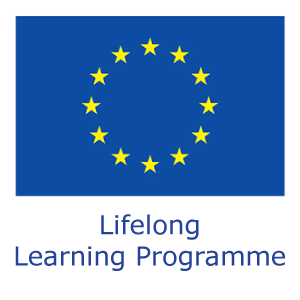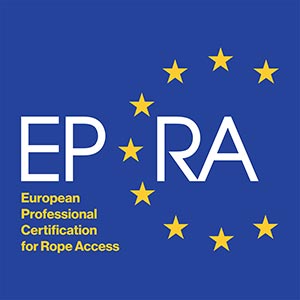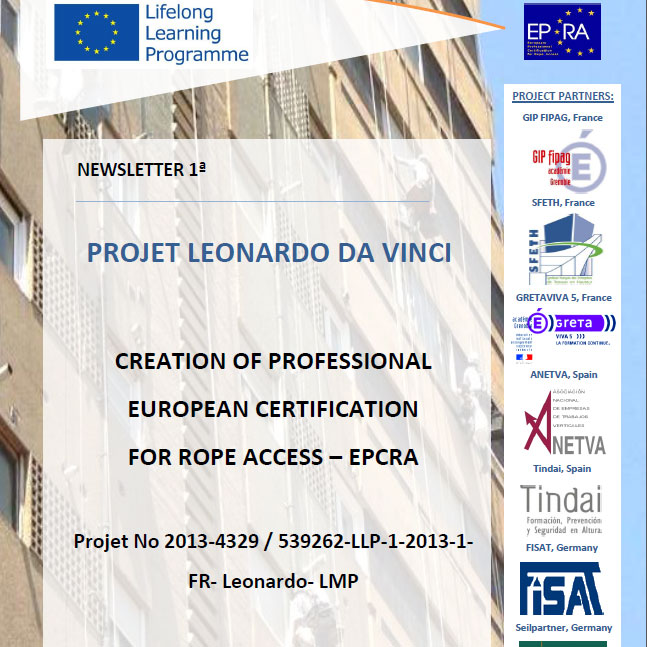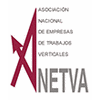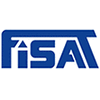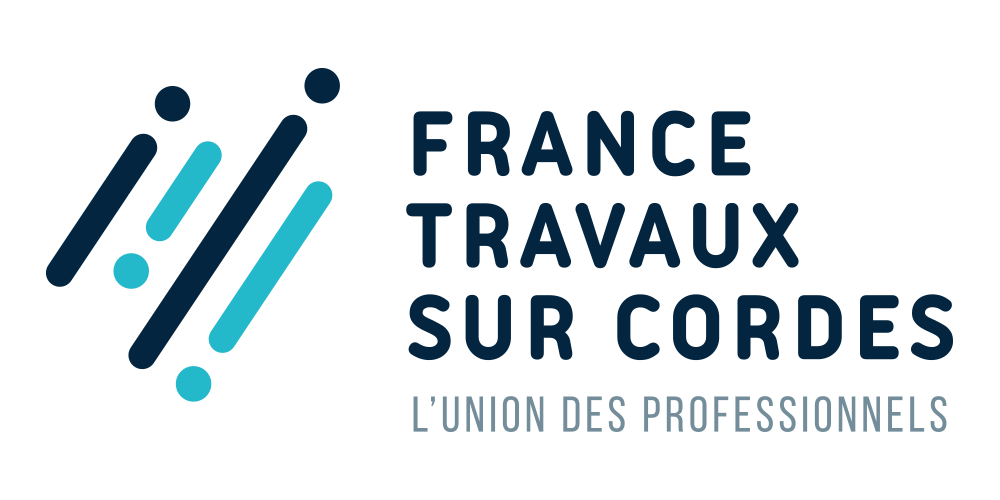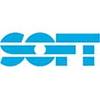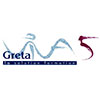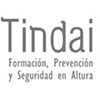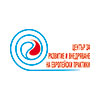ROPE ACCESS TECHNICIAN – A VERSATILE JOB
Rope access technicians use redundant rope systems to perform work tasks at elevated workplaces, workplaces that are difficult to access or impossible to reach with traditional access methods. During the last decades rope access was more and more professionalized and the continuous development of material and equipment originally used in alpinism and cave exploration has made a significant contribution that rope access can be implemented in a safe manner today. Equipment and procedures are custom-tailored and harmonized with the specific requirements of the modern rope access technician. There are only few similarities left with the material and techniques originating from leisure activities.
Use of rope access was quickly established in different industries such as construction, heavy industry, maintenance and cleaning. The versatile fields of application not only demand skills of traditional professions but also the competence of realizing access scenarios that become more and more complex. This requires a permanent adaption of practical application and results in the necessity of continuing vocational training. Professional rope access technicians are an integral part of many projects and highly specialized companies are engaged in the training process.
This diversity enables an improvement of the individual technician’s skills on the one hand and the enlargement of a company’s range on the other, if jobs have to be done in areas where traditional access methods are unsuitable. Therefor it is possible to speak of a dual business competence: welding on ropes, painting on ropes, visual inspection documentation on ropes, etc.
HISTORY OF TRAINING AND CERTIFICATION IN EUROPE
Starting in the early 80’s special training for rope access was developed and adapted to the industry’s requirements. In order to guarantee safety for the operators on site and to satisfy the requirements of European guidelines, stakeholders in some member states have taken the following steps completely independent from each other:
- Analyzed and described the access method in the context of the specific working environment
- Defined specifications in terms of skills for the rope access technician
- Clarified key points for the training
- Developed criteria for the evaluation of the training
The consequence was the creation of national certification schemes.
Directive 2001/45/EC of the European Parliament and of the Council officially acknowledges the access method. Without any coordination among the member states, national trade associations graduated the training into three levels and laid the foundation for a structured and competency based training. Rope access is a flourishing but manageable industry where safety is of paramount importance.
In 2010 several rope access trade associations came together in order to discuss the best available technology and to exchange information in respect of qualified training and safe work organization. The opening up of markets and the related possibility for development within and outside the European Union encouraged the representatives to think about a common platform to enable a mutual recognition.
Several trade associations founded the European Committee for Rope Access (ECRA) in November 2012 to preserve the characteristics of the access method and to promote rope access in all sectors. The committee consists of the associations ANETVA (Spain), FISAT (Germany), SFETH/DPMC (France) and SOFT (Norway). At the same time the consortium established contact with protagonists from Switzerland, Luxembourg, Rumania and Bulgaria and across European borders from the US, New Zealand and Australia.
Besides the harmonization of implemented techniques, ECRA defined minimum standards for rope access, related training and assessments. Those standards are summarized in a 14-point declaration. The essential points are:
- All associations intent to implement the highest level of safety by promoting best available technology and latest state of knowledge and to develop the skills of their technicians permanently
- The assigned certifying body is independent from all training
- Rescue scenarios and rescue drills are an integrative component of all assessments for all levels
- A code of best practice for rope access must exist in writing
- A certification standard must exist in writing
- A regular revision and consolidation of acquired knowledge is mandatory
- European recommendations and regulations have to be respected
The target qualification is the prosecution of the continuous efforts of the last three years. It is supposed to promote understanding for the implemented techniques and acceptance of the industry. The established certification schemes in the partner countries and the competences resulting from many years of experience form the basis for this.
